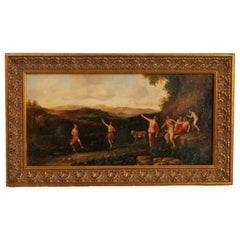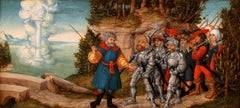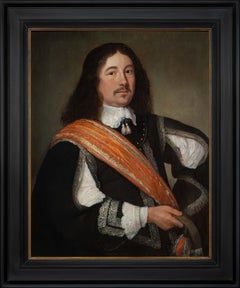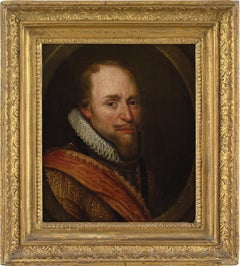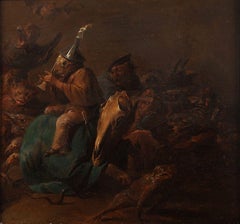Panel Paintings
Mid-19th Century Old Masters Panel Paintings
Panel, Oil
16th Century Old Masters Panel Paintings
Oil, Panel
17th Century Old Masters Panel Paintings
Oil, Wood Panel
Mid-17th Century Old Masters Panel Paintings
Oil, Panel
Mid-17th Century Old Masters Panel Paintings
Oil, Wood Panel
17th Century Old Masters Panel Paintings
Oil, Panel
Early 19th Century Old Masters Panel Paintings
Oil, Panel
18th Century Old Masters Panel Paintings
Panel, Oil
17th Century Old Masters Panel Paintings
Oil, Wood Panel
17th Century Old Masters Panel Paintings
Oil, Wood Panel
16th Century Old Masters Panel Paintings
Wood, Egg Tempera, Wood Panel
17th Century Old Masters Panel Paintings
Oil, Panel
17th Century Old Masters Panel Paintings
Oil, Panel
17th Century Old Masters Panel Paintings
Oil, Panel
17th Century Old Masters Panel Paintings
Oil, Panel
Early 18th Century Old Masters Panel Paintings
Oil, Panel
17th Century Old Masters Panel Paintings
Oil, Wood Panel
16th Century Old Masters Panel Paintings
Oil, Wood Panel
19th Century Old Masters Panel Paintings
Oil, Panel
17th Century Old Masters Panel Paintings
Oil, Panel
Late 19th Century Old Masters Panel Paintings
Oil, Panel
17th Century Old Masters Panel Paintings
Wood Panel, Oil
16th Century Old Masters Panel Paintings
Oil, Panel
17th Century Old Masters Panel Paintings
Oil, Panel
17th Century Old Masters Panel Paintings
Oil, Panel
17th Century Old Masters Panel Paintings
Oil, Panel
17th Century Old Masters Panel Paintings
Oil, Wood Panel
17th Century Old Masters Panel Paintings
Oil, Wood Panel
16th Century Old Masters Panel Paintings
Wood Panel, Oil
Mid-17th Century Old Masters Panel Paintings
Oil, Wood Panel
17th Century Old Masters Panel Paintings
Oil, Wood Panel
Early 17th Century Old Masters Panel Paintings
Oil, Wood Panel
1690s Old Masters Panel Paintings
Gold Leaf
Late 18th Century Old Masters Panel Paintings
Oil, Wood Panel
19th Century Old Masters Panel Paintings
Oil, Wood Panel
17th Century Old Masters Panel Paintings
Oil, Wood Panel
Early 17th Century Old Masters Panel Paintings
Oil, Panel
17th Century Old Masters Panel Paintings
Oil, Wood Panel
17th Century Old Masters Panel Paintings
Oil, Wood Panel
17th Century Old Masters Panel Paintings
Oil, Wood Panel
17th Century Old Masters Panel Paintings
Oak, Oil, Panel
Early 17th Century Old Masters Panel Paintings
Wood Panel, Oil
Early 18th Century Old Masters Panel Paintings
Oak, Oil, Panel
Late 18th Century Old Masters Panel Paintings
Oil, Panel
17th Century Old Masters Panel Paintings
Oak, Oil, Wood Panel
16th Century Old Masters Panel Paintings
Oil, Wood Panel
19th Century Old Masters Panel Paintings
Oil, Wood Panel
15th Century and Earlier Old Masters Panel Paintings
Tempera, Panel
16th Century Old Masters Panel Paintings
Oil, Panel
Early 17th Century Old Masters Panel Paintings
Oil, Wood Panel
1790s Old Masters Panel Paintings
Canvas, Oil, Wood Panel
16th Century Old Masters Panel Paintings
Oil, Wood Panel
16th Century Old Masters Panel Paintings
Oil, Panel
17th Century Old Masters Panel Paintings
Oil, Wood Panel
18th Century Old Masters Panel Paintings
Wood Panel, Oil
Mid-17th Century Old Masters Panel Paintings
Oil, Wood Panel
Early 19th Century Old Masters Panel Paintings
Oil, Wood Panel
1640s Old Masters Panel Paintings
Panel, Oil
